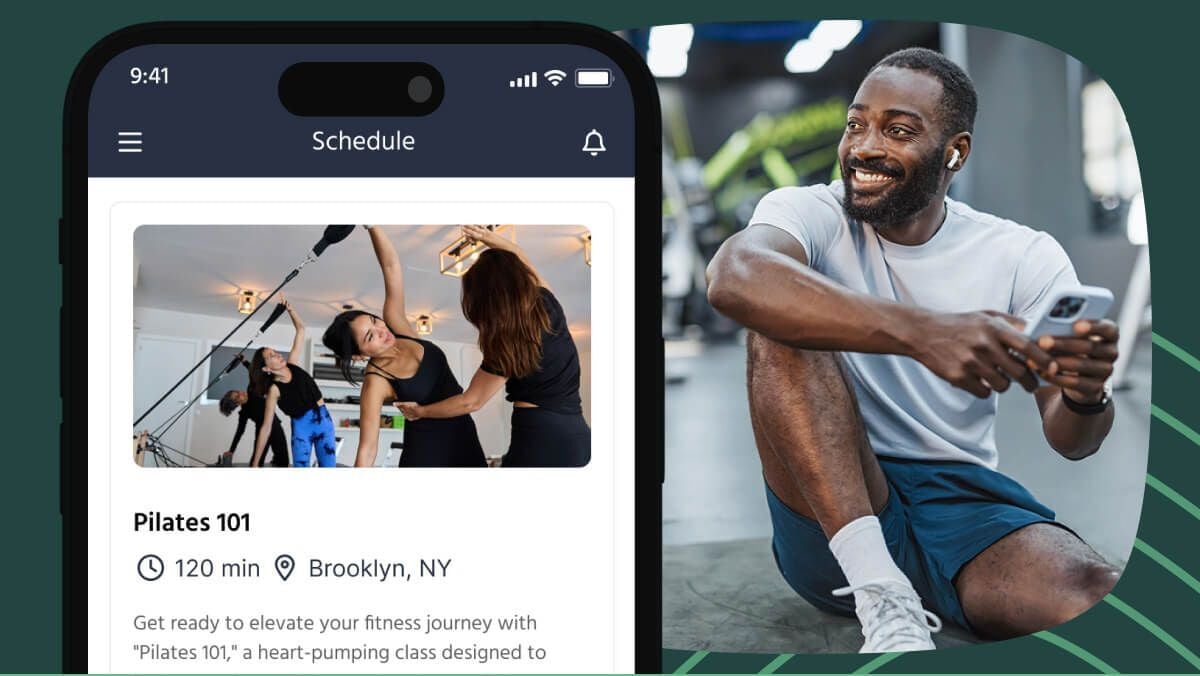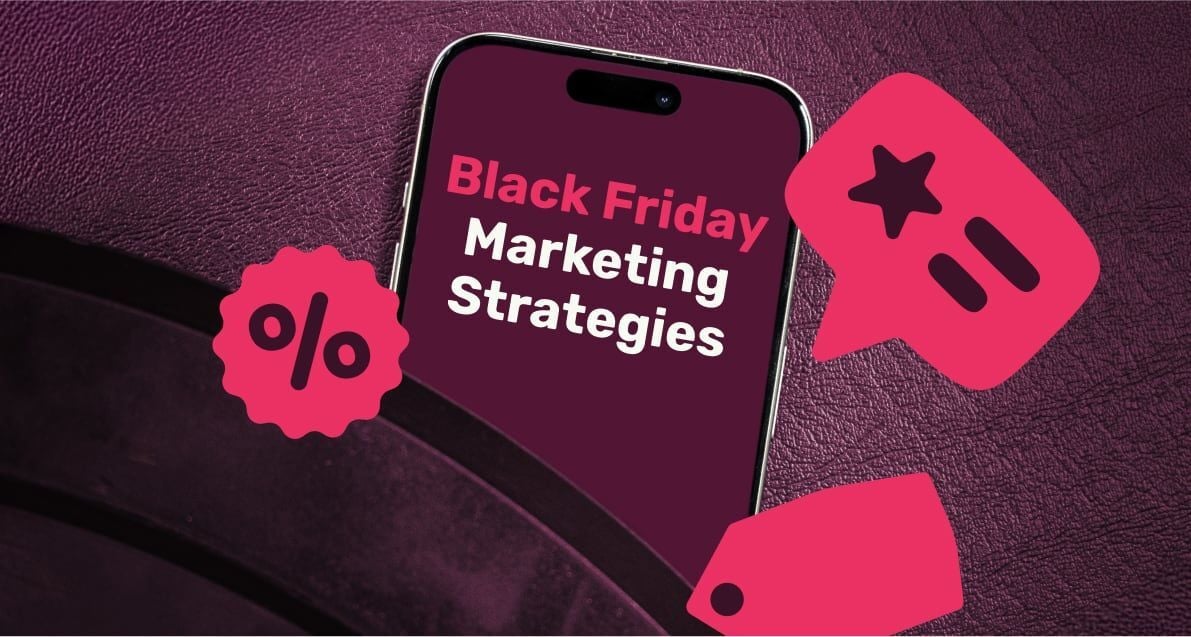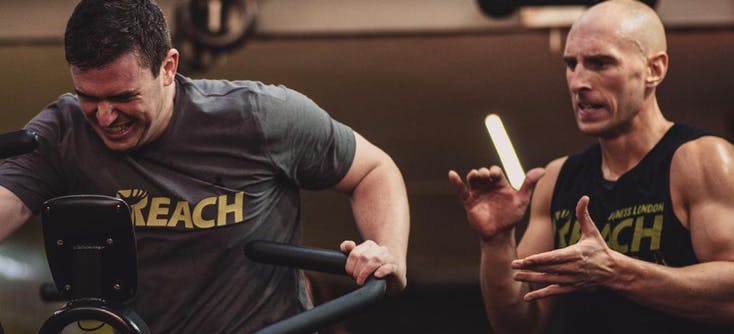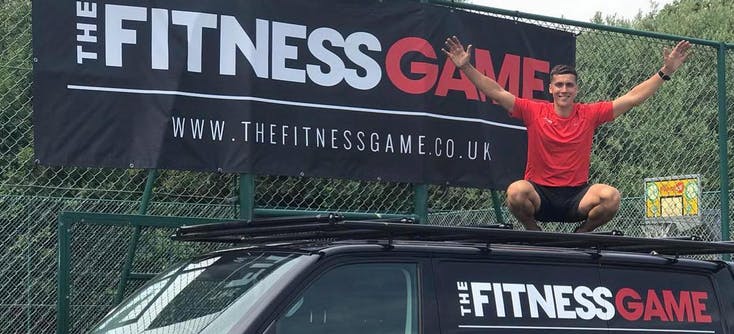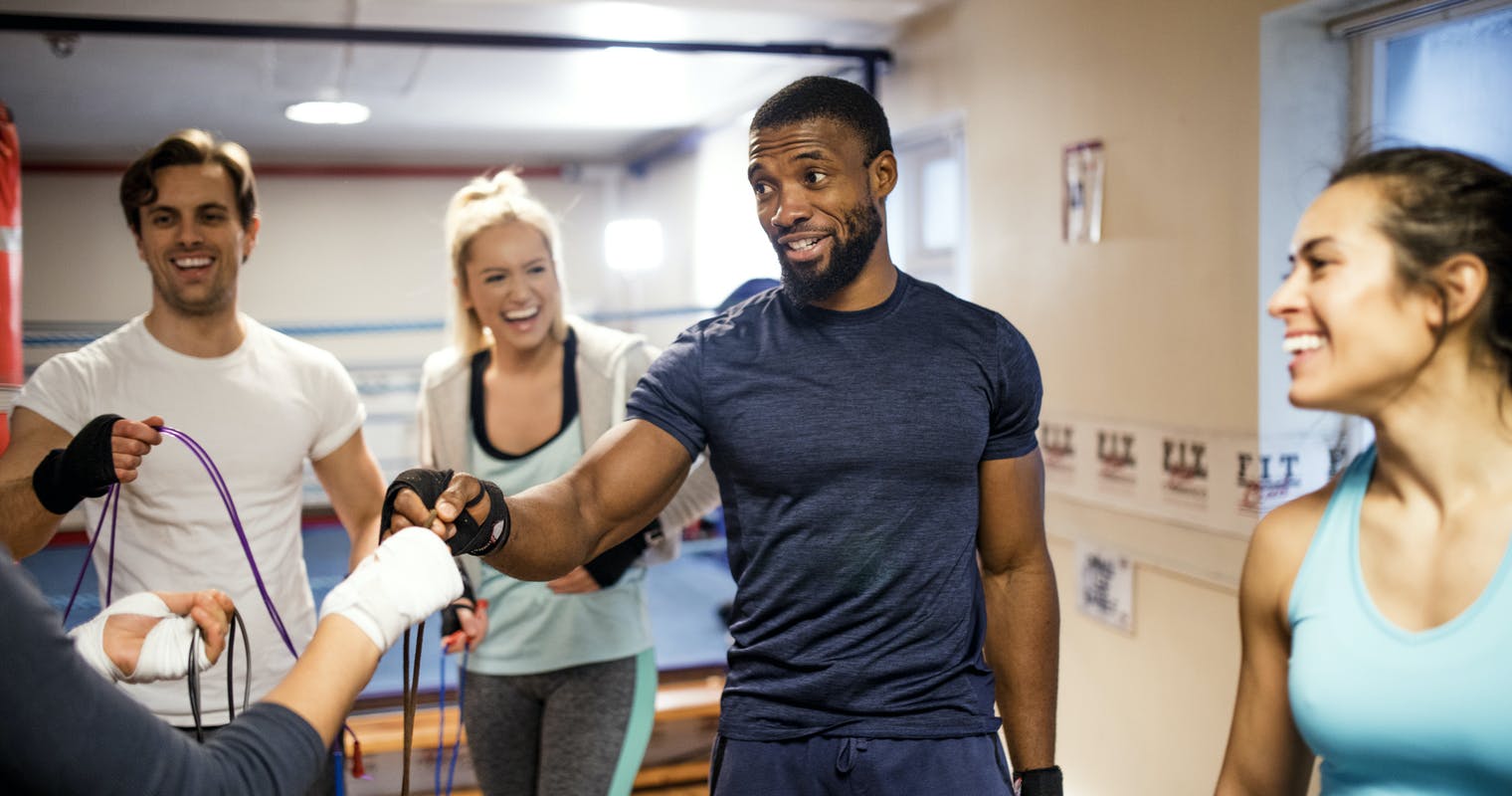Becoming a fitness instructor is one of the most exciting career paths with so many open doors to explore once you get started. However, it can also come with challenges and hurdles you need to overcome before finding what works best for you, your business, and your clients.
Jordan Head, owner of Head Active gave us an inside look at his journey to opening his business and how it has evolved over the last 12 months to what it is today. From working in a facility trying to balance hours and hours of classes and personal training to now running successful six-week-long challenges and memberships, spending less time on admin and organisation, he now spends his time focusing on achieving results for his clients. Which we might add, he has down to 80% nutrition 20% exercise 100% mindset science!
If you are starting your career as a personal trainer or are looking to launch or grow your PT and bootcamp business, check out our interview with Jordan to learn his do's and don'ts as well as what has helped him successfully run his now in-person, online, and on-demand fitness business.
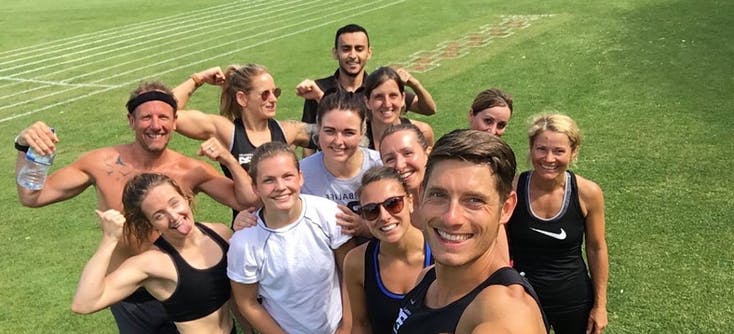
What led you to pursue a career as a fitness coach?
I have been in the industry for 14 years. I didn't know what I wanted to do when I left college. I knew a few people in the Marines and I thought they were in great shape and that it looked cool so I considered joining the Marines, too. But I couldn't run or do pull-ups. So I decided to go to the gym so I could learn how to do those things and I just enjoyed the process of being in the gym environment, improving, and how people were helping. I then wanted to know how to get a job doing this and was told I needed to get a certification. So I went through the process of getting qualified and in a few weeks time, I managed to do 100K ultra marathons. I had goals of learning how to do pulls and run and I can do those now. I ticked what I personally wanted to do and now it's my work as well.
As a new fitness coach, did you know you wanted to open your own business or did that come later?
I didn't know the end game or anything like that. I started working at the gym I used to go to and got a job there. I worked there for about two to three years before going to work at a private health club where I worked for another three years. After that, I began to realise I can definitely do this myself. At the private health club, I was working 25 to 35 hours of personal training a week. I was teaching body pump, spin, and other classes and was very busy, but didn't get paid a lot. I couldn't go on holiday and it felt like a huge amount of hours and time going in and not a huge amount of money in exchange.
I decided the next step was to go out on my own and reduce the number of PT I was doing to eight to ten hours of PT and do some classes and challenges. Then I just got to the point where I was bored of what I was offering and wanted to take it to the next level. I made it a lot more professional with six-week challenges and having more of a business structure rather than just offering exercises. I wanted to offer memberships.
The other thing about going to work in a large facility that most people in the health and fitness industry know is that many will only last about a year or two. They go into it excited at the opportunity to get paid to exercise and help other people, but they all struggle to earn any income. They earn a certain amount per hour but the time is not just the hour. To do 10 hours of PT, you're really working 15-16 hours because they're not back to back sessions. The reality is that it doesn't always work out, but I believe that you do need to go through working in a facility because you fine-tune your skills, you work with hundreds of people, you deliver hundreds of hours of exercise, and then you have the skills to be able to do what you want to do in whatever areas you want to personalise?
What types of programs do you offer your members?
Using TeamUp has been a game-changer because now I can run 12-month memberships and payments run automatically. We run six-week challenges and if people want to continue afterwards we have various options and memberships and if you still want the full accountability and support we have another membership. People want to achieve results really really fast, but the reality is that we have found that the average person loses 0.7 to 1.7 pounds a week long term. When people are losing a pound a week and they think that's slow it isn't because long term you're losing that weekly.
How do you market your offering to stand out from other PT businesses and bootcamps?
We explain our expectations to people. If they are doing our 6-week challenge we expect them to do three 45 minute workouts with us a week. They can do as many as they'd like but we expect at least three. That's a requirement. That's what we believe everyone can do no matter how busy they are. Now it's not just about the exercise. It's important and we need to do it and it makes you feel good, get some endorphin release and burn calories. But you're going to get way more results making sure that you're drinking plenty of water, you're being active, and your nutrition is on point.
We stress that exercise is important and that you can achieve this three times a week through in-person sessions, online sessions, and if you aren't able to make the workout time-wise then there's on-demand. There is no excuse to not get in those three sessions for 45 minutes every week. Our six-week challenge includes a personalised nutrition plan, personalised exercise plan, and they're going to work out with a personal trainer three times a week. They get accountability and support, and if they want to continue with us afterwards we make the program free for them so that's how we market our service.
How do you target and find your ideal clients?
We've done lots of different things in regards to it. When we got a bit more serious and started doing our challenges and offering the combination of services through TeamUp, we knew we wanted to be able to have a membership base where people could afford our 6-week challenge. Our 6-week challenge on the front end is 300£. We use Facebook ads and target 30-50-year-olds and generally most of the time our ads are targeted at women because men tend to think they already know what to do. We've found women to be more open to being given some suggestions. We also do have ads that run for men but generally, the ads targeting females work a bit better. The paid ads are more for our in-person services, the challenges, and bootcamps and focus on organic generation for our online offering.
How was your experience transitioning to online?
For me, it was not that we're being penalised and we're the only people doing it. It was a worldwide situation and if it's a worldwide situation there are the same number of people that want to lose weight, change their shape, and exercise and the only access they have is online. We knew we had to transition online and we knew we had to figure out how to offer it in a way that was going to be able to service them in the best way possible. The fact of transitioning online was a no brainer.
What differences have you found in training clients online vs. in-person?
From my perspective, the majority of people we work with are people that want to lose weight or change their shape. If you were to ask 100 people on the street what they need to do to lose weight they know they need to stop eating bad stuff, they know they need to get more steps, and they know what they need to do is not very complicated in the slightest. We don't need big complicated moves that are very technical. It's really simple.
Teaching online you need to be able to have some room properly set up so they can see your whole body in place. You need to make sure you have a good angel and have good lighting so they can see what's going on, but essentially if you're outside or in person you're going to still act exactly as you would one or the other. You're going to coach them and still instruct them, still give the same teaching points, and you're still going to make sure you give them the exercises in the same way. The key difference is when you have lots of different levels of ability, or people who haven't done this type of exercise before, so it's making sure they feel good, that's the key bit. It's essentially telling them the exercise and if it's too much for them, giving them a couple of regressions. It really is just keeping it simple with people.
How does having TeamUp's software assist you with offering your online services?
I switched to TeamUp about two to three months before lockdown, so I lucked out. I saw a friend who was using TeamUp and it looked exactly like what I wanted. I was using a booking system before and it wasn't an all in one system. So when I saw TeamUp, I saw it was much more professional than what I was using before and I saw it was going to be a lot better for myself and for the clients as well.
The thought of creating and sending a Zoom link out would feel rubbish and it wouldn't feel as if we were offering a proper service. But when you have an app and someone is booking into a specific workout and they get notifications, it's not something everyone is offering. Even though the actual experience is the workout, it's peoples' perception on the front end that it's an online workout and that it would be this clunky process, but with the integration, some people don't even know they're using Zoom. They just open the app and it's just integrated and so much better.
Moving back into in-person training how will you organise your challenges and memberships?
We'll do a combination of in-person, online and on-demand. We have quite a few members who are on a 12-month membership and some people that only do online. The clients who do only online sessions pay the exact same amount as the people coming to in-person classes because of what we ask of them. All we ask of our members is three 45 minute sessions a week. Some people do more, but three is all we ask for. The value they're getting is outside of the exercise, it's the coaching, the accountability, the support, it's everything else that goes alongside the exercise.
How much you sweat or how much you workout doesn't matter whether it's in-person or online, it's exactly the same. Exercise plays a critical part in the program, but it also doesn't matter whether you do it in-person, online or using a recorded on-demand workout, we can still get the same result either way. If we were doing a bodybuilding program it would be different, but our target audience is people who want to lose weight and change their shape.
Thanks for sharing, Jordan!
Video: Why Jordan chose TeamUp for his bootcamp and nutrition business
But when you've got an all-in-one solution like this, it's really worth its weight in gold that it enables you to be able to scale the business. And like, yeah, we even with lockdowns and stuff that we've had our biggest year we've ever had sort of thing, and that's without seeing people face to face for virtually a whole year. So it's been a game-changer.
To learn more about TeamUp's software for your personal training and bootcamp business, sign-up for a free 30-day trial.




